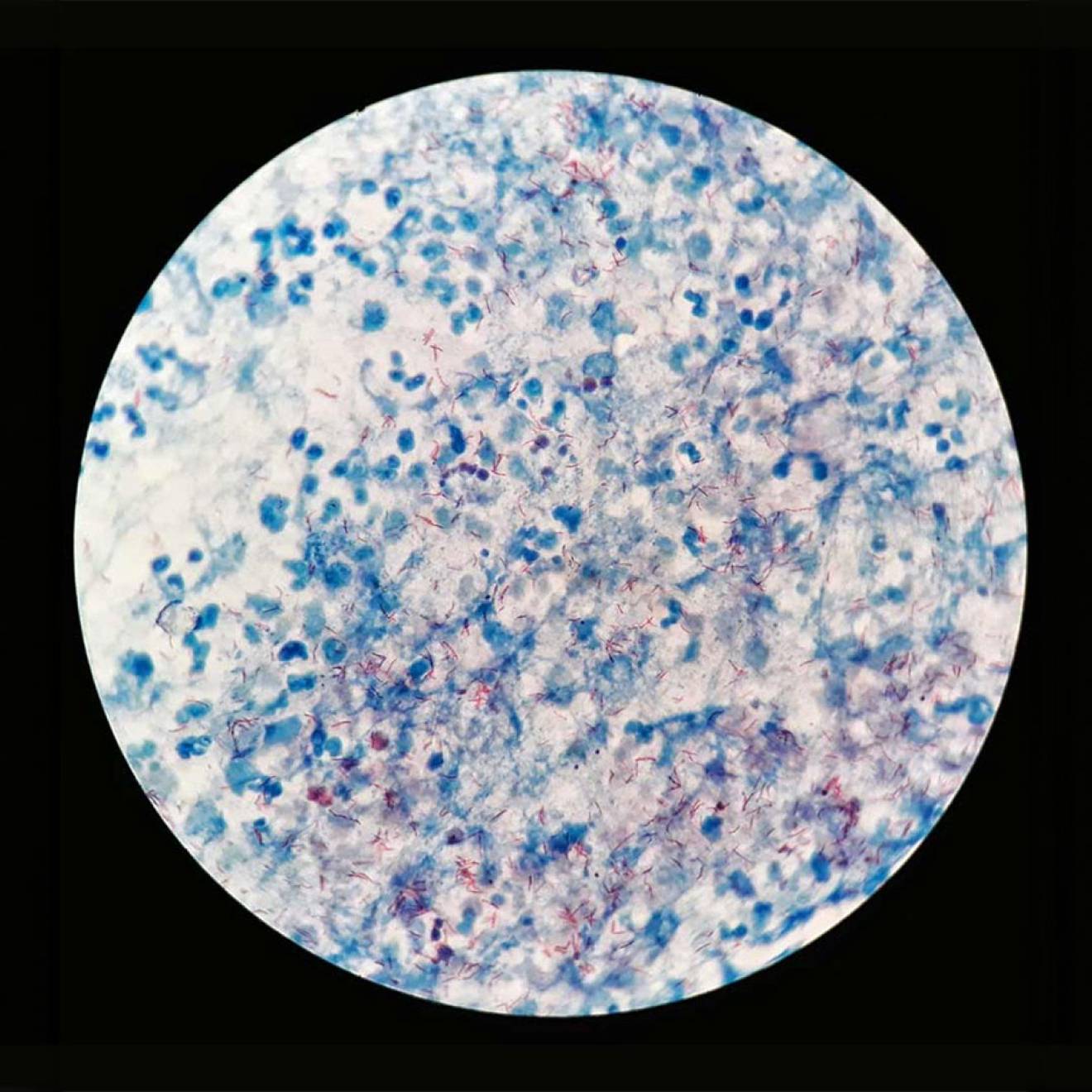Mark Wheeler, UCLA
UCLA's Laboratory of Neuro Imaging (LONI) has entered into a partnership with academic centers from Europe and around the world in a massive, unprecedented effort to understand the human brain.
The European-led Human Brain Project (HBP), announced today (Jan. 28), will pull together all the world's existing knowledge about the brain and reconstruct it, piece by piece, in super-computer-based models and simulations. The 10-year, 1.19 billion-euro ($1.6 billion) effort is backed by the European Commission and will begin with 87 partners in 27 countries.
UCLA's LONI has long been at the forefront in developing computational algorithms and scientific approaches for the comprehensive and quantitative mapping of brain structure and function. As a result, the laboratory is perfectly positioned to play a similar role as part of the HBP.
"This is an ambitious and worldwide collaborative effort to understand the human brain and the diseases that attack it," said Arthur Toga, LONI's director and a professor of neurology at UCLA. "Our role will be to focus on harmonizing all of the data that will be pouring into our computers. The trick will be to find a way to aggregate all this information in order for it to be useful. We will be receiving brain images and all the data that goes with it, both recent data as well as images that were done years ago.
"Combining disparate data is difficult," he added, "so sophisticated new computer algorithms will be needed."
LONI's portion of the HPB funding will be approximately $10.8 million. In addition to UCLA, other U.S. institutions involved in the project are Yale University, the University of Tennessee and the Seattle-based Allen Institute for Brain Science.
The HBP will provide new tools to help scientists understand the brain and its fundamental mechanisms and to apply this knowledge in future medicine and computing.
Central to the project is information and computing technology. The HBP will develop information and computing technology platforms for neuroinformatics, brain simulation and super-computing that will make it possible to combine neuroscience data from all over the world, to integrate the data in unifying models and simulations of the brain, to check the models against data from biology, and to make the data available to the world scientific community.
The ultimate goal is to allow neuroscientists to connect the dots leading from genes, molecules and cells to human cognition and behavior.
Combining such data is LONI's expertise. Since the 1990s, the lab has been building universal brain atlases, each describing sub-populations with similar characteristics in health and disease. The algorithms written and constantly updated by LONI take millions of brain images and modify them to make a certain number of brains look "the same" in order to describe, for example, a specific population, such as right-handed females, or to show the early stages of Alzheimer's disease.
"Thus, we are well positioned to contribute to these important and challenging goals," Toga said.
The Laboratory of Neuro Imaging at UCLA, which seeks to improve understanding of the brain in health and disease, is a leader in the development of advanced computational algorithms and scientific approaches for the comprehensive and quantitative mapping of brain structure and function. It is part of the UCLA Department of Neurology, which encompasses more than a dozen research, clinical and teaching programs. The department ranks in the top two among its peers nationwide in National Institutes of Health funding.

